#Arthropoda
Text
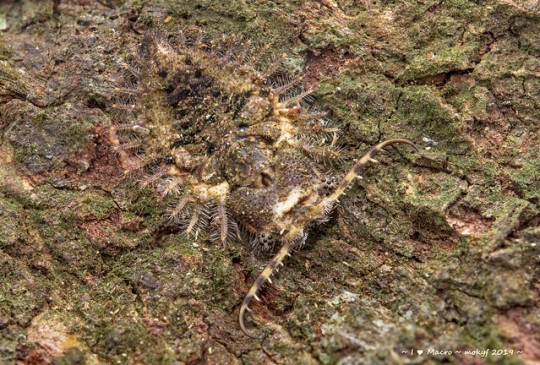
An owlfly larvae (Ascalaphidae sp.) in Gunung Pulai, Malaysia
by Mok Youn Fai
35 notes
·
View notes
Text

Copepod
“Copepods of various species. Photos were taken using a Biolam R-11 microscope. For photography, the dark field method was combined with polarization. Thanks to polarizing microscopy, the glow of muscle stripes in the bodies of some crustaceans is visible. Each photo is the result of panoramic shooting and focus stacking.” - via Wikimedia Commons (original description translated from Russian using Google Translate)
#wikipedia#wikipedia pictures#nature#animals#copepods#copepoda#crustacean#arthropoda#multicrustacea#arthropods#marine life#marine biology#marine animals#marine creatures#fish lice#crustaceans#sea animals#sea creatures#sea critters#ocean animals#oceancore#ocean aesthetic#ocean creatures#ocean critters#zoology
22 notes
·
View notes
Text
It's weevil time!

(Source: Reddit, on r/weeviltime by agoscmkr)
19 notes
·
View notes
Text
I love insects where the juveniles eat meat and the adults drink nectar. Wasps with huge wicked sharp jaws and venomous stingers all to carry some spider back to its nest for its big soft wriggly babies to eat. She's going to go lazily drink nectar while they really go to town on it. So many fly larvae are voracious carnivores to be feared and avoided and then they turn into dopey flies that wander from flower to flower only stopping to lay eggs conspicuously close to a bunch of caterpillar eggs.
15K notes
·
View notes
Text
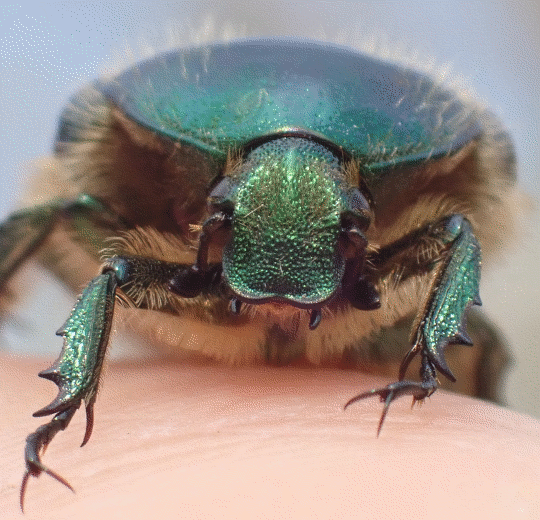
2K notes
·
View notes
Text

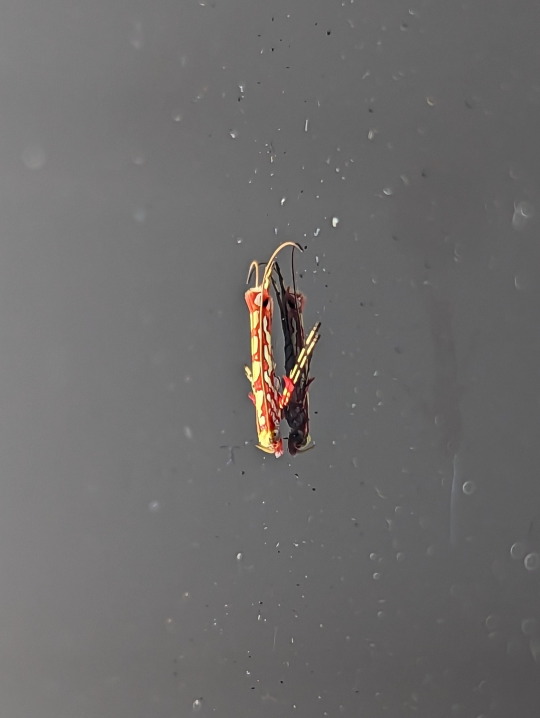
Beautiful Macarostola moth found on the glass window of a Kmart.
24/11/23 - Macarostola sp.
QLD:WET
#invertblr#invertebrates#bugs#bugblr#bugs tw#bug#insects#insecta#insects tw#insectblr#insect#entomology#Arthropods#Arthropoda#Macarostola#Gracillariidae#Leaf Blotch Miner Moths#Lepidoptera#lepidopterology#moths#mothblr#moth#mothcore#moths tw#unidentified
781 notes
·
View notes
Text
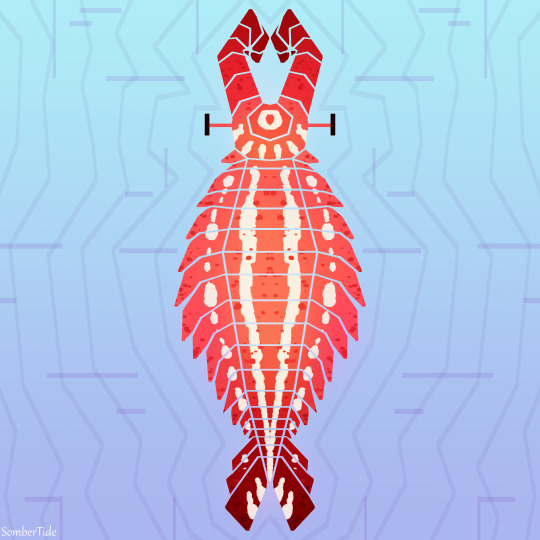
GUESS WHO'S BACK FOR DINOVEMBER BABYYYYYYYYYY
Day 1: Anomalocaris
Considered by most to be the first apex predator to ever exist, they used their arms to search the sea floor for any soft bodied critters to eat!
#dinovember#art#digital art#sombertide art#paleoart#paleontology#natural history#paleo#cambrian#anomalocaris#radiodonts#aquatic animal#sea life#arthropod#arthropoda
502 notes
·
View notes
Text
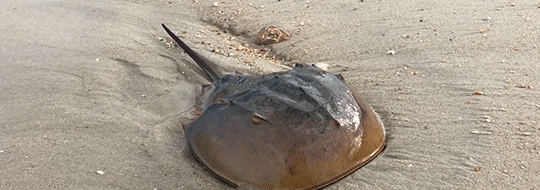
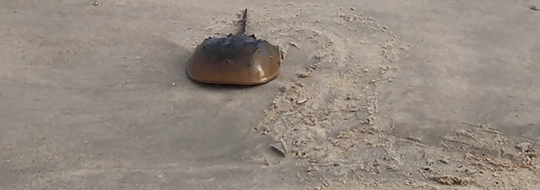


horseshoe crab walking on the beach
©
322 notes
·
View notes
Text
Phylum Round 1

Arthropoda: Insects, arachnids, crustaceans, and others. The largest and one of the most diverse phyla on Earth, Arthropods have thrived on every continent and ocean, including Antarctica. Their most defining feature is their exoskeleton, which provides both support and protection - Arthropods have developed a number of adaptations to overcome the drawbacks of, as my invertebrate zoology professor liked to say, "living in a vacuum-sealed medieval suit of armor". They possess body segments that have been specialized for their lifestyles, on land or sea. They have relatively complex brains, and many species have shown remarkable cognition. We have had a complicated relationship with Arthropods since the dawn of humanity; they have been critical food sources, disease-carriers and parasites, essential farming partners, and maligned farming pests for thousands of years.
Brachiopoda: Lamp Shells. Although these shelled animals may look similar to bivalve Molluscs, they are a completely separate phylum. Ancient relics of the Cambrian explosion, these living fossils are identified by their "lophophores", which are spiraling structures with tentacles used to filter feed small plankton and detritus from the waters where they live. These lophophores are similar to those found in Phoronida and Bryozoa, as these phyla are closely related. An anchoring appendage called a "peduncle" keeps them firmly rooted in the sediment, which makes them difficult for predators to dig up. In the Paleozoic, these animals were some of the most prominent reef-builders on Earth, producing impressive structures analogous to modern oyster reefs today.
#cw insects#cw spiders#arthropoda#brachiopoda#animal bracket#tumblr bracket#bracket tournament#poll bracket#phylum round 1#phylum
114 notes
·
View notes
Text

praying mantis
58 notes
·
View notes
Text
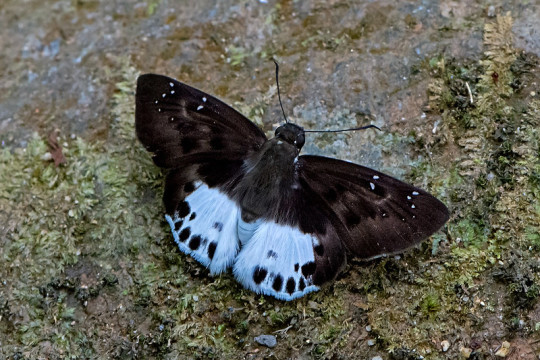
A spotted snow flat (Tagiades menaka) in Lamnamkok National Park, Thailand
by Tim Stratford
#spotted snow flat#butterflies and moths#tagiades menaka#tagiades#Hesperiidae#lepidoptera#insecta#arthropoda#wildlife: thailand#wildlife: asia
1K notes
·
View notes
Text
The other adorable millies who arrived last week: Spirostreptida sp. ‘Gorontalo’. A little larger than the Centrobolus, but still one of the mid-sized species.
2K notes
·
View notes
Text

Copepod
“Lernaeolophus sultanus (Copepoda, Pennellidae), a parasite of the deep-sea fish Pristipomoides filamentosus (Lutjanidae), off New Caledonia. Scale, each scale division – 1 mm.” - via Wikimedia Commons
#poll for formatting preference is above ⬆️#wikipedia#wikipedia pictures#nature#animals#parasite#parasites#parasitology#marine biology#Pristipomoides filamentosus#Lernaeolophus sultanus#marine life#marine animals#sea life#sea animals#fish#icthyology#oceancore#deep sea#lutjanidae#copepoda#arthropoda#crustacean#arthropod
29 notes
·
View notes
Text


by hollywoodkeyzzzX & gabrieloalex on ig
#fashion#style#cyberpunk#cyber punk#accessories#arthropoda#arachnida#spiders#futurist fashion#y2k#future#futuristic#futurism#accessory#watch#jewelry#spider#arthropods#araneae#arachnids
76 notes
·
View notes
Photo


4K notes
·
View notes
Text




Venomous Caterpillar
Doratifera quadriguttata
24/03/23 - NSW, Dapto
#invertebrates#invertblr#Arthropods#Arthropoda#bugs tw#insects#insect#insecta#insectblr#insects tw#bugs#bugblr#bug#entomology#Doratifera quadriguttata#Four-spotted Cup Moth#Limacodidae#Slug Caterpillar Moths#slug moths#Lepidoptera#caterpillars#larvae#larval stage
456 notes
·
View notes